Vertex (Hill Area) Hair Transplant: A Comprehensive Guide
Hair loss is a common concern for many individuals, and it can significantly impact one’s self-esteem and confidence. Among various types of hair loss, vertex or crown area thinning is particularly noticeable and often requires specialized treatment. In this blog post, we will explore the vertex (hill area) hair transplant, its benefits, procedures, and what you can expect throughout the process.

Understanding Vertex Hair Loss
What is Vertex Hair Loss?
Vertex hair loss refers to thinning or balding that occurs in the crown area of the scalp. This type of hair loss can affect both men and women, though it is more prevalent in men due to genetic factors.
Causes of Vertex Hair Loss
- Genetics: Family history plays a significant role in hair loss patterns.
- Hormonal Changes: DHT (dihydrotestosterone) can shrink hair follicles.
- Age: Hair loss is a natural part of aging.
- Medical Conditions: Conditions like alopecia can contribute to hair loss.
Benefits of Vertex Hair Transplant
1. Permanent Solution
One of the most significant advantages of a hair transplant is its permanence. Once the transplanted hair follicles take root, they continue to grow naturally.
2. Natural Appearance
Modern techniques, such as Follicular Unit Extraction (FUE), allow for a more natural hairline and fuller look, which can blend seamlessly with your existing hair.
3. Increased Confidence
A successful hair transplant can significantly boost self-esteem and enhance your overall appearance.
4. Minimal Maintenance
After the initial recovery period, transplanted hair requires little maintenance compared to other hair restoration methods.
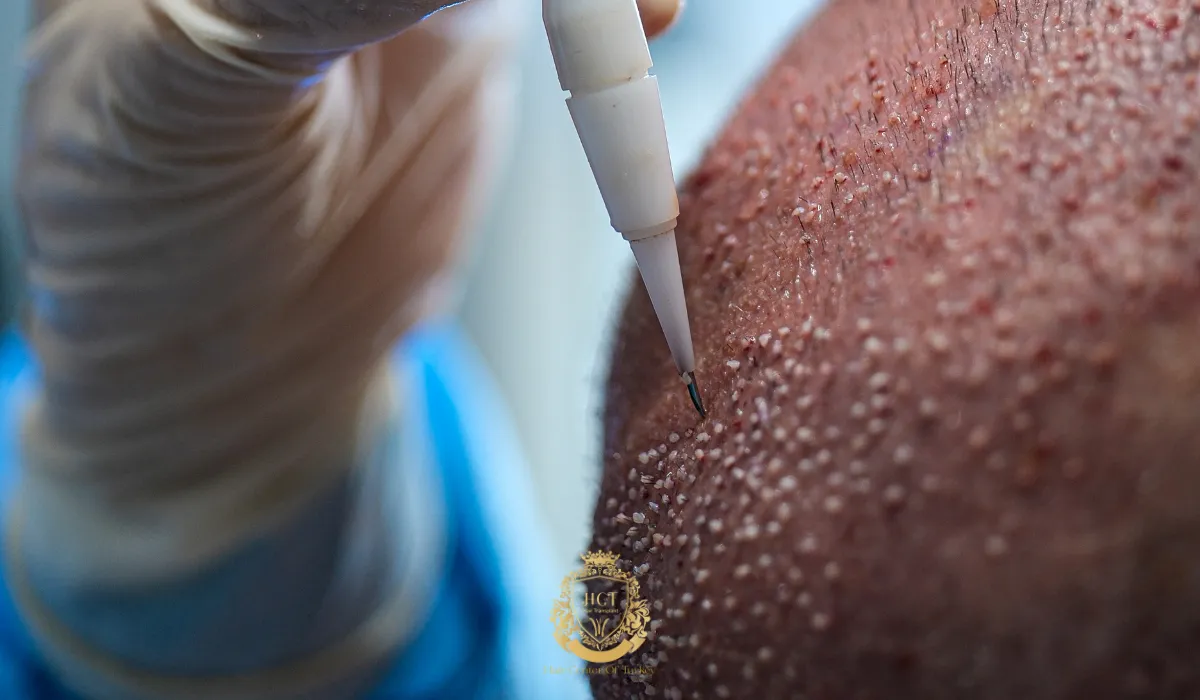
The Hair Transplant Procedure
Step 1: Consultation
The process begins with a consultation. A qualified surgeon will assess your scalp condition, discuss your goals, and determine the best approach.

Step 2: Preparation
Once you decide to proceed, the surgeon will prepare you for the procedure. This may include blood tests and a detailed discussion about anesthesia options.
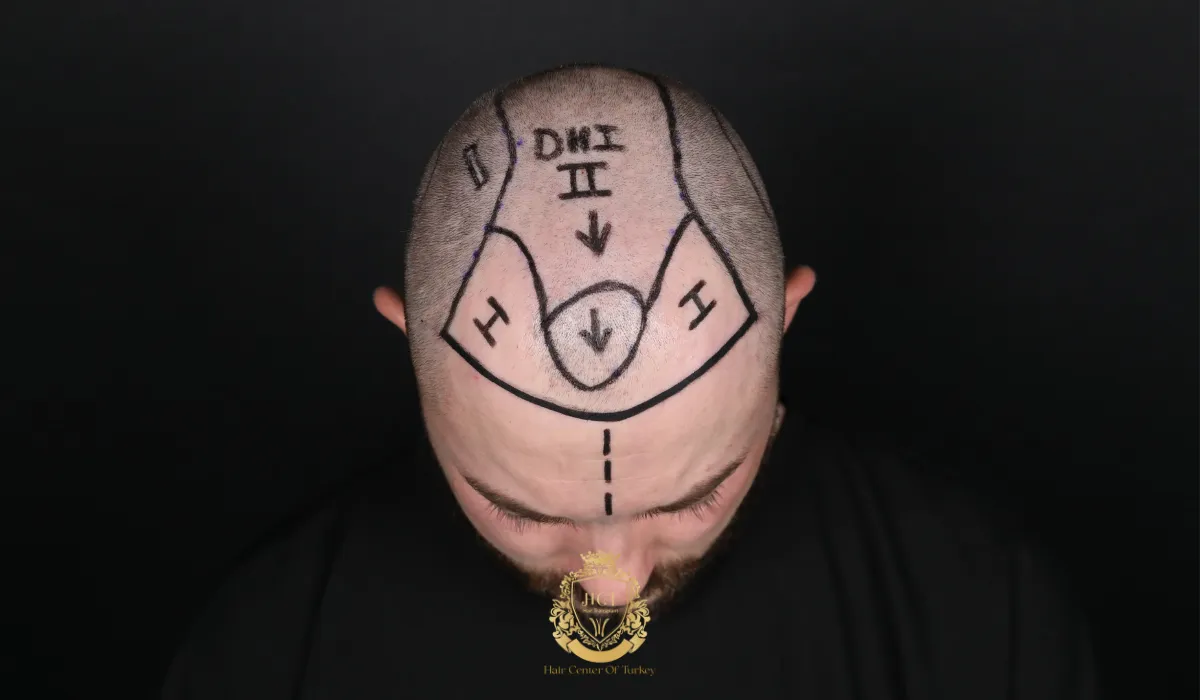
Step 3: Extraction
In the FUE technique, individual hair follicles are extracted from the donor area, usually the back of the head. This method minimizes scarring and recovery time.
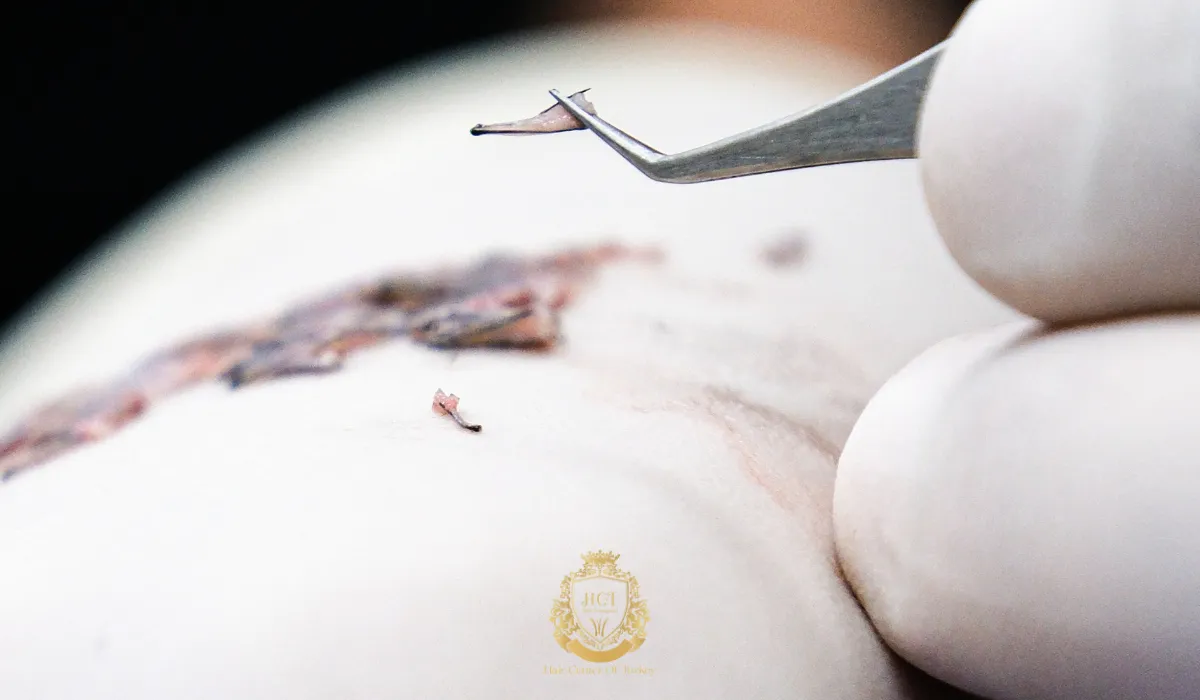
Step 4: Transplantation
The extracted follicles are then strategically implanted into the vertex area, ensuring a natural-looking result.

Step 5: Recovery
After the procedure, you’ll experience some swelling and discomfort, but these symptoms typically subside within a few days. Follow-up appointments will help monitor the healing process.

Post-Transplant Care
1. Follow Instructions
Adhere to your surgeon’s post-operative care instructions for optimal results. This may include avoiding strenuous activities and keeping the scalp clean.

2. Medication
Pain relief and anti-inflammatory medications may be prescribed to alleviate discomfort and reduce swelling.

3. Patience is Key
It’s essential to be patient, as transplanted hair typically falls out before new growth begins. Full results may take several months to become visible.
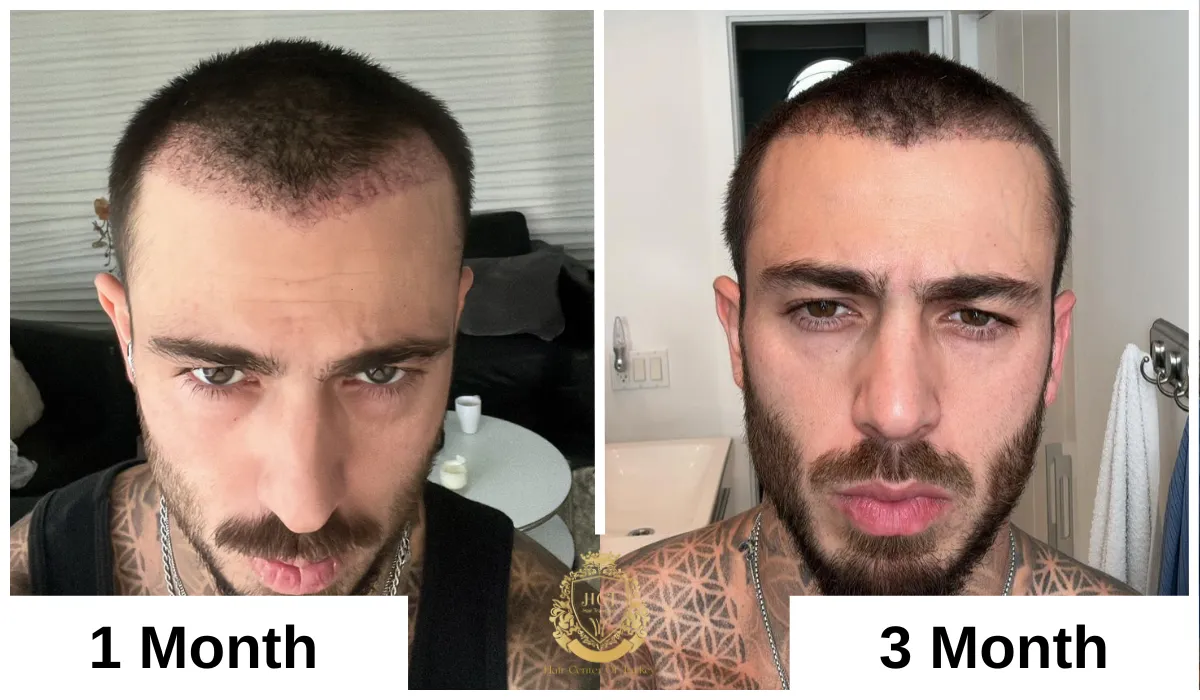
4. Regular Check-ups
Regular follow-ups with your surgeon will help ensure everything is healing properly and that the new hair is growing as expected.
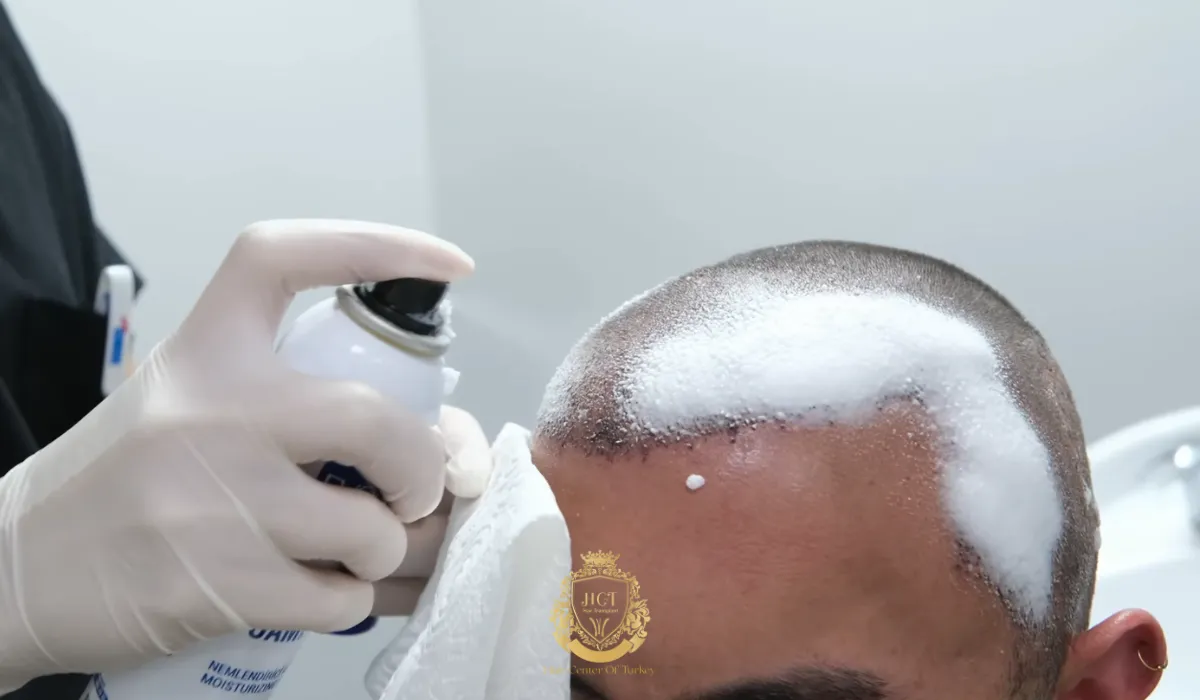
Choosing the Right Clinic
1. Research
When considering a hair transplant, research clinics thoroughly. Look for reviews, before-and-after photos, and qualifications of the surgeons.
2. Consult Multiple Clinics
Don’t hesitate to consult multiple clinics to compare services and prices. A trustworthy clinic will provide transparent information.
3. Ask Questions
During consultations, ask about the techniques used, recovery times, and any potential risks involved. A qualified surgeon will be happy to answer all your queries.

F.A.Q. (Frequently Asked Questions)



